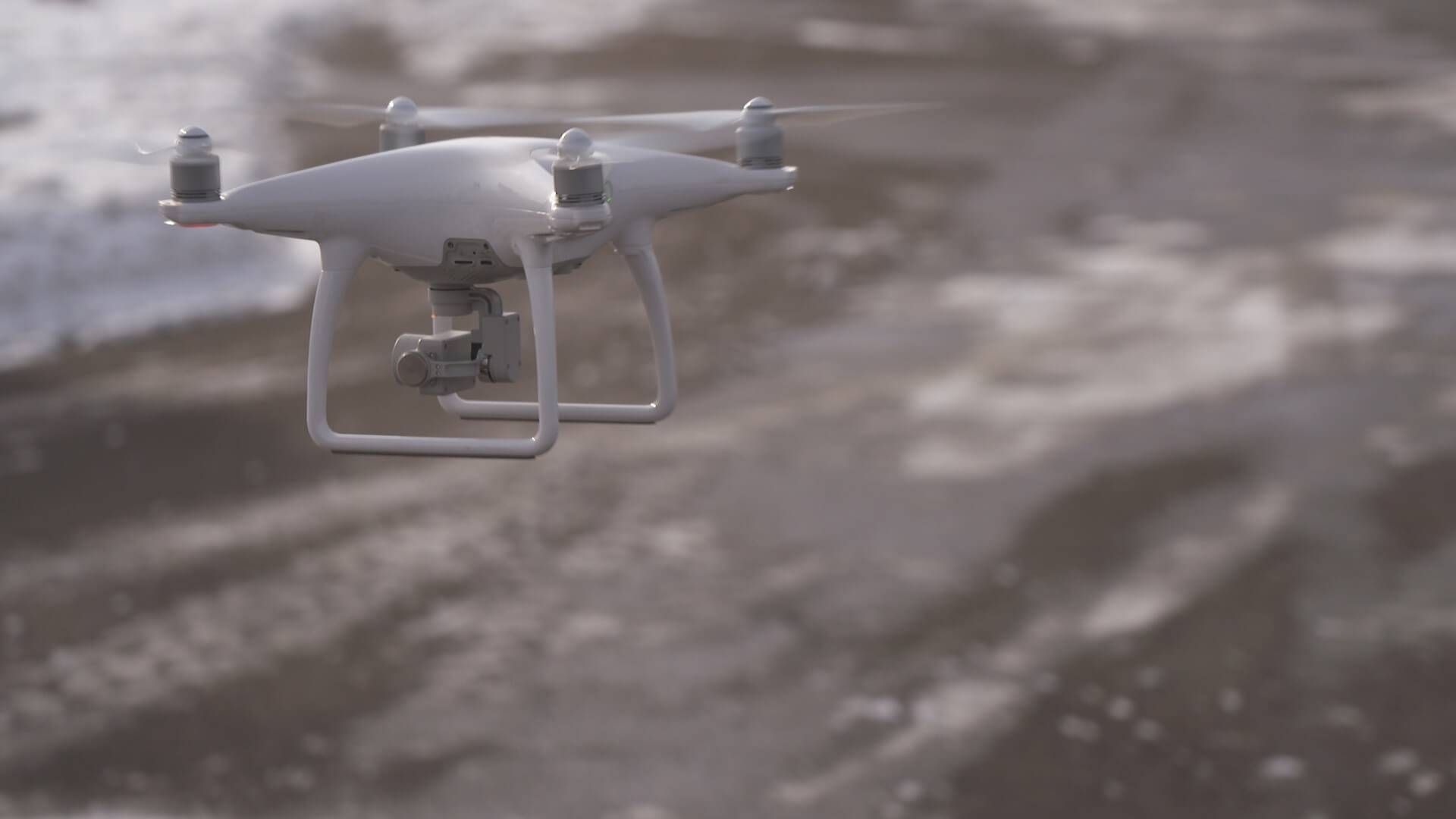So you own a drone. Now what?
Steps to take before your maiden flight.

Before you take a drone out and send it up to the sky, there are a handful of rules and regulations you should probably know. Naturally, if your drone was wrapped in shiny paper you ripped off with the excitement of a third grader, you'll likely be overtaken with the powerful impulse to race outside and fly, fly, fly that toy high into the wild blue yonder. But we have some sobering news: Alas, drones that can fly in the great outdoors are not toys; they're considered aircraft.
Twin Cities PBS teamed up with the Minnesota Department of Transportation, the governing agency on all things transportation related, to bring you this guide on how to be a responsible drone pilot.
To dive even deeper, we asked Tony Fernando a few questions. Fernando is the Unmanned Aircraft Systems Program Administrator at the Minnesota Department of Transportation. In addition to ensuring that MnDOT’s own drone operations are safe, responsible, and compliant with relevant regulations, he's also in charge of public outreach that revolves around safe operation of drones in Minnesota.
TPT: What's the first thing a budding pilot should do when they get a shiny, new drone?
T.F. Prior to flying outside, the recreational drone user must register as a ‘modeler’ with the Federal Aviation Administration (FAA). Registration costs $5, and can be done online.
The registration number issued needs to be marked on each drone that the recreational user will be flying. One registration covers all drones operated recreationally.
There are several additional state and federal requirements that need to be fulfilled before operating a drone for purposes other than recreation [e.g. for a business, church, or non-profit]. These include pilot certification, state and federal registration in a different system, insurance, and commercial licensing.
For more information on federal requirements.
For more information on state requirements.
TPT: Mobile apps have been developed to help drone pilots register their flights. Where can people track down those apps?
T.F. Apps can be found in the app store for both Android (Google Play Store) and iOS (Apple App Store). Recommended searches include: “drone flight planning” or “drone airspace." Apps with websites to learn more include Airmap and Kitty Hawk.
TPT: How do you suggest new pilots become familiar with their drone prior to their first flight?
T.F. First, any new drone will come with several manuals. It's important to read these; the manuals will explain how to inspect your drone prior to flight, how to configure the controller, and how to activate emergency safety features such as ‘Return-to-home’ mode.
Second, the first few flights should be in an open area, free of obstacles such as trees or power lines. Football fields or baseball diamonds work well. Even if you are experienced with model aircraft, you want to learn how your new drone will react to control inputs. Keep the drone in sight, and don’t try to see how far or how fast it can go—many people lose their drone on the first few flights.
On all your flights, never fly over people or near airports, heliports or hospitals. Stay away from wildfires and other emergency activity; pilots of emergency aircraft such as medevac helicopters have rules which require them to abort their mission if a drone is in the area. You would not want to be the reason your neighbor doesn’t get to the hospital in time!
TPT: There are a lot of rules and regulations that drone pilots needs to keep in mind prior to setting out. For instance, it's not legal to operate a drone in a state or national park. Is there a clearinghouse for rules that details where you can operate a drone?
T.F. Unfortunately, there is no central repository for drone ordinances that can be searched. Many cities in Minnesota post their ordinances on municode; however, many do not. It’s best to call your local parks and recreation board or office before flying in parks. It is illegal to fly in most national parks and in Minnesota state parks.

TPT: Are there any other resources you recommend people explore if they're interested in joining a larger community of drone pilots?
T.F. The FAA UAS website is a good place to start.
The Academy of Model Aeronautics (AMA) produces a website with information about learning to fly. There are several AMA chapters in Minnesota.
People interested in drone racing may want to check into MultiGP, an amateur league of drone racing enthusiasts.
